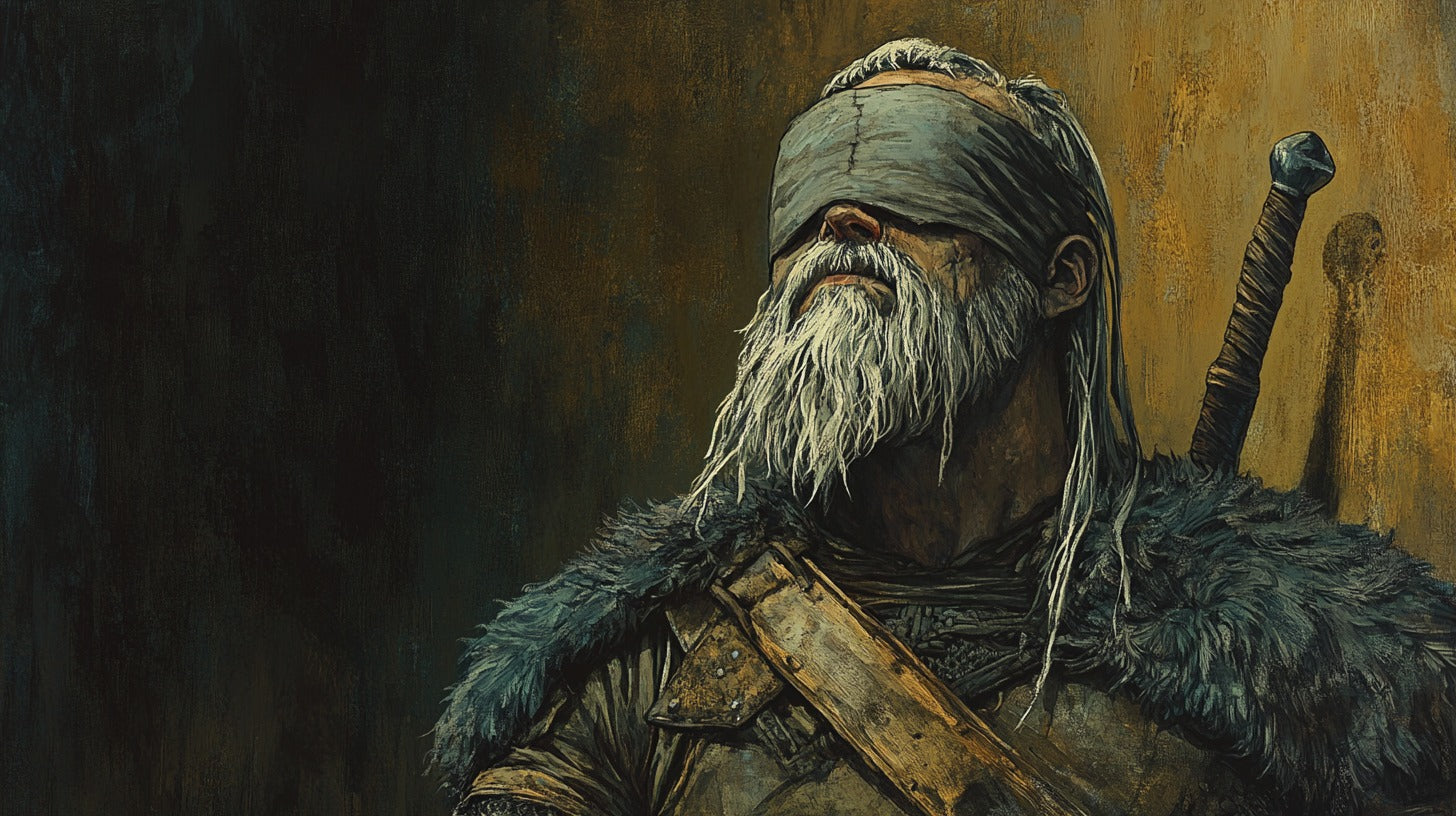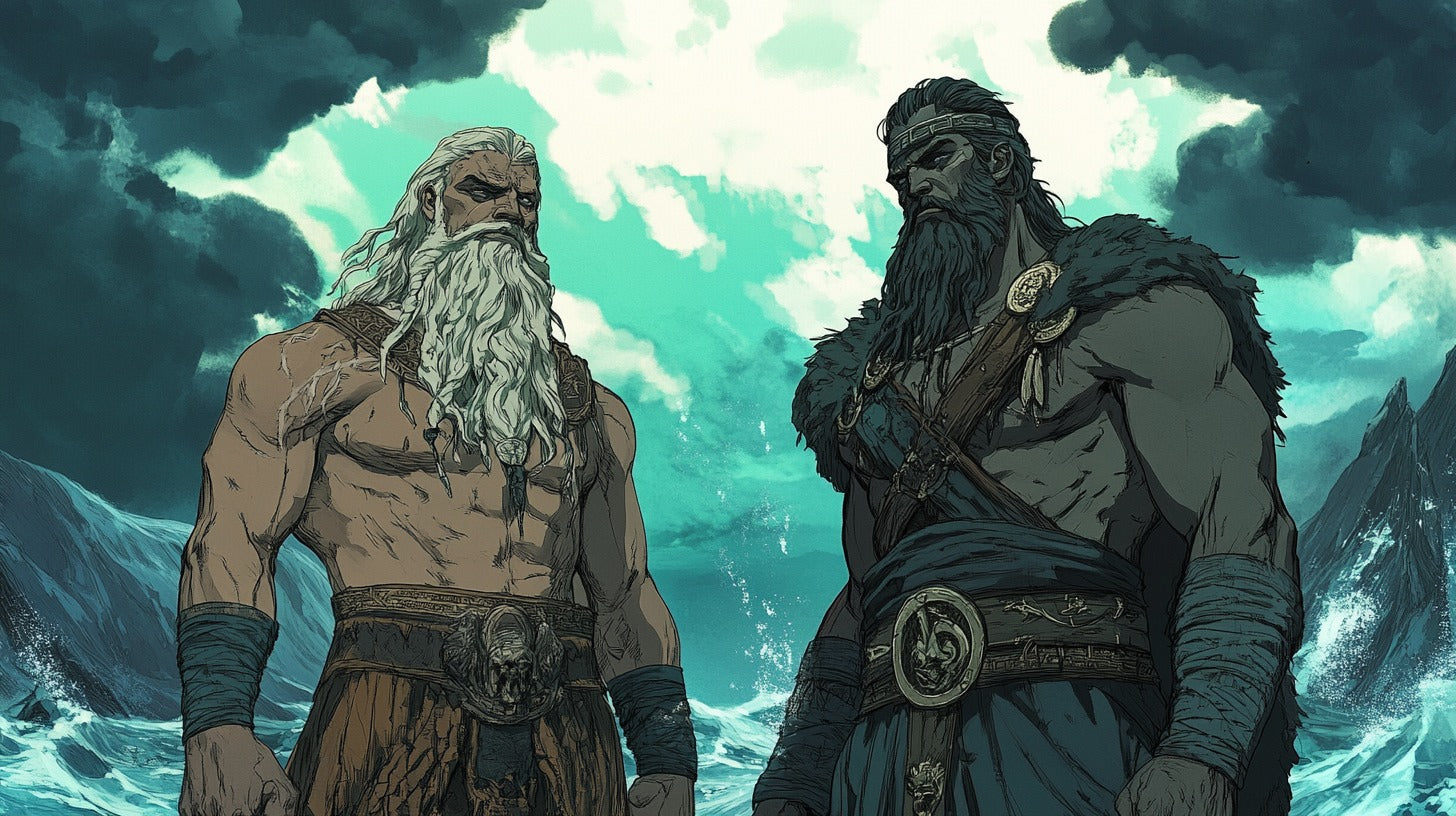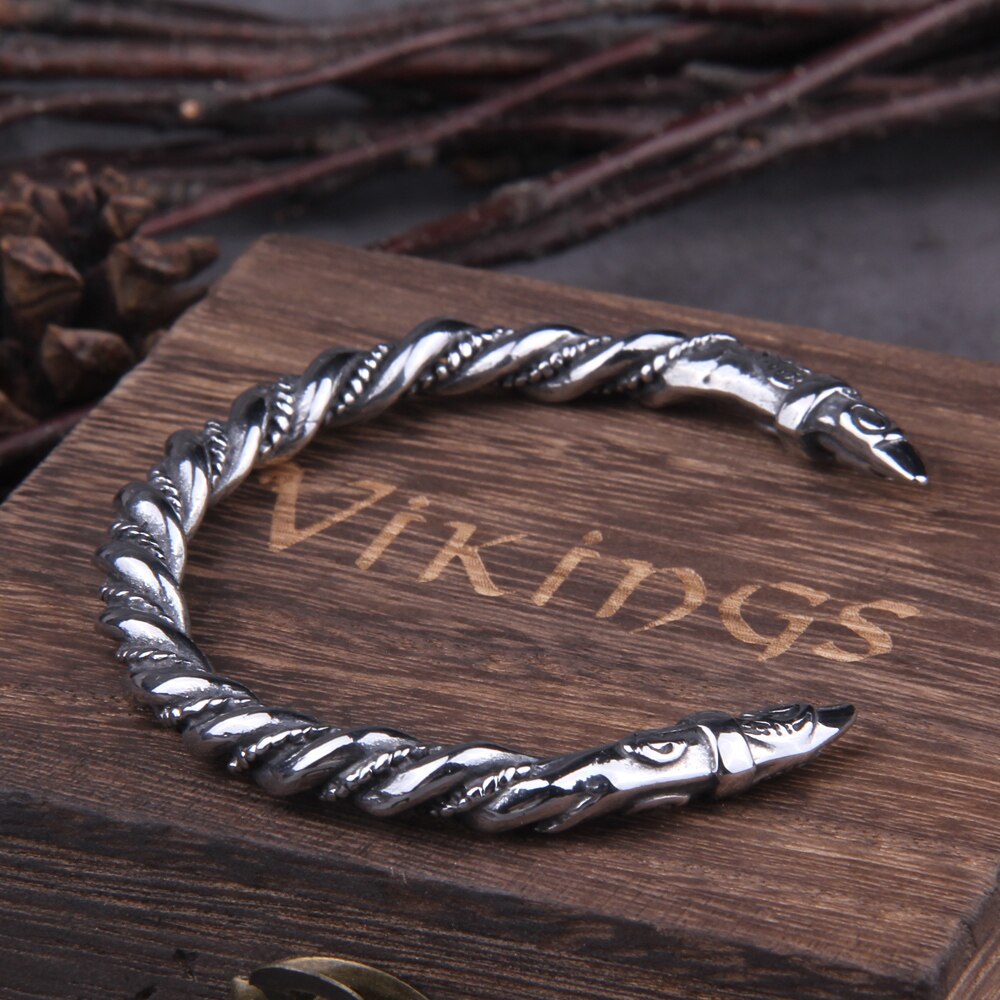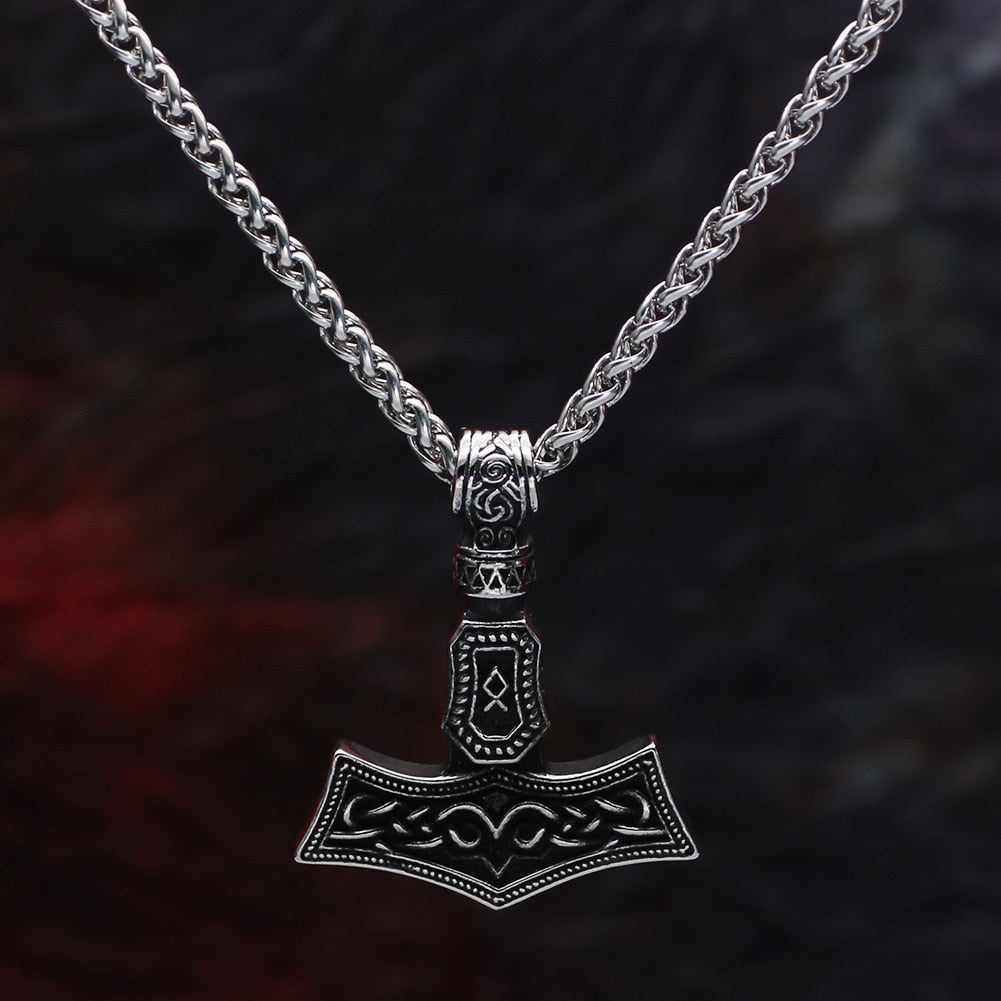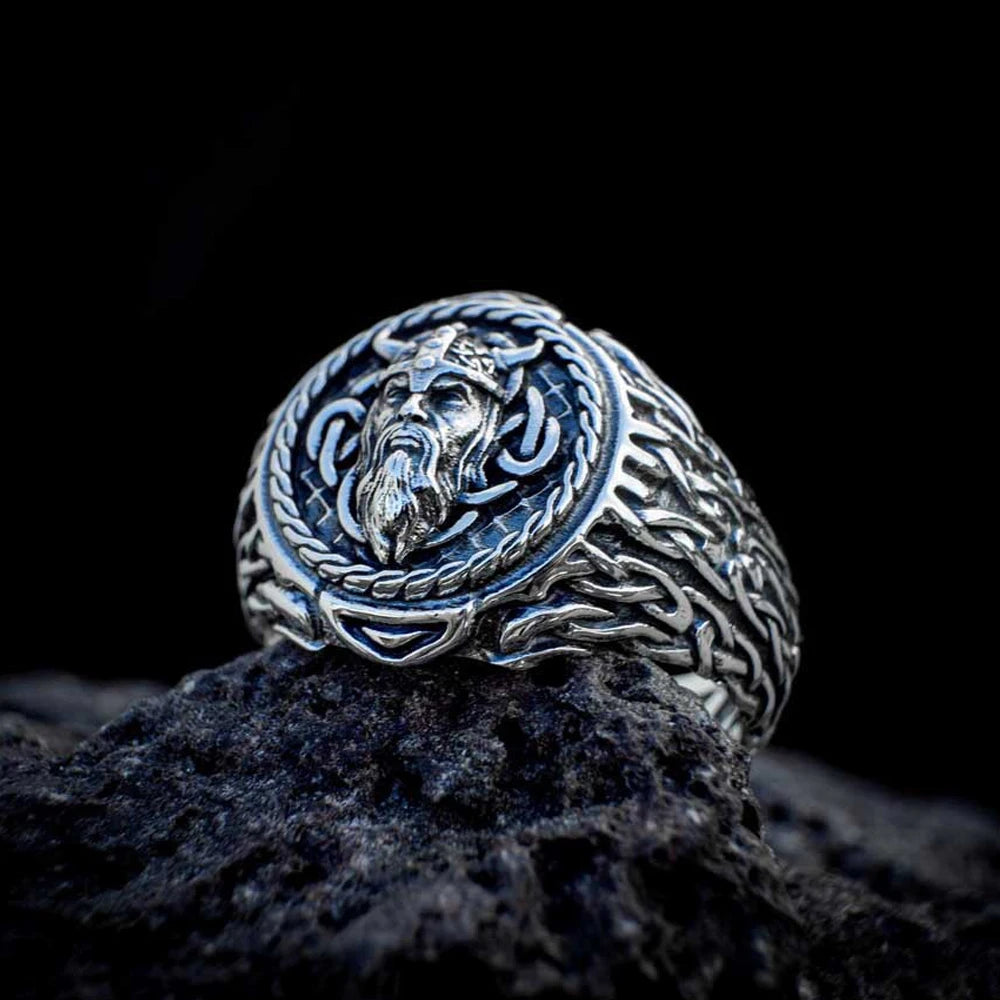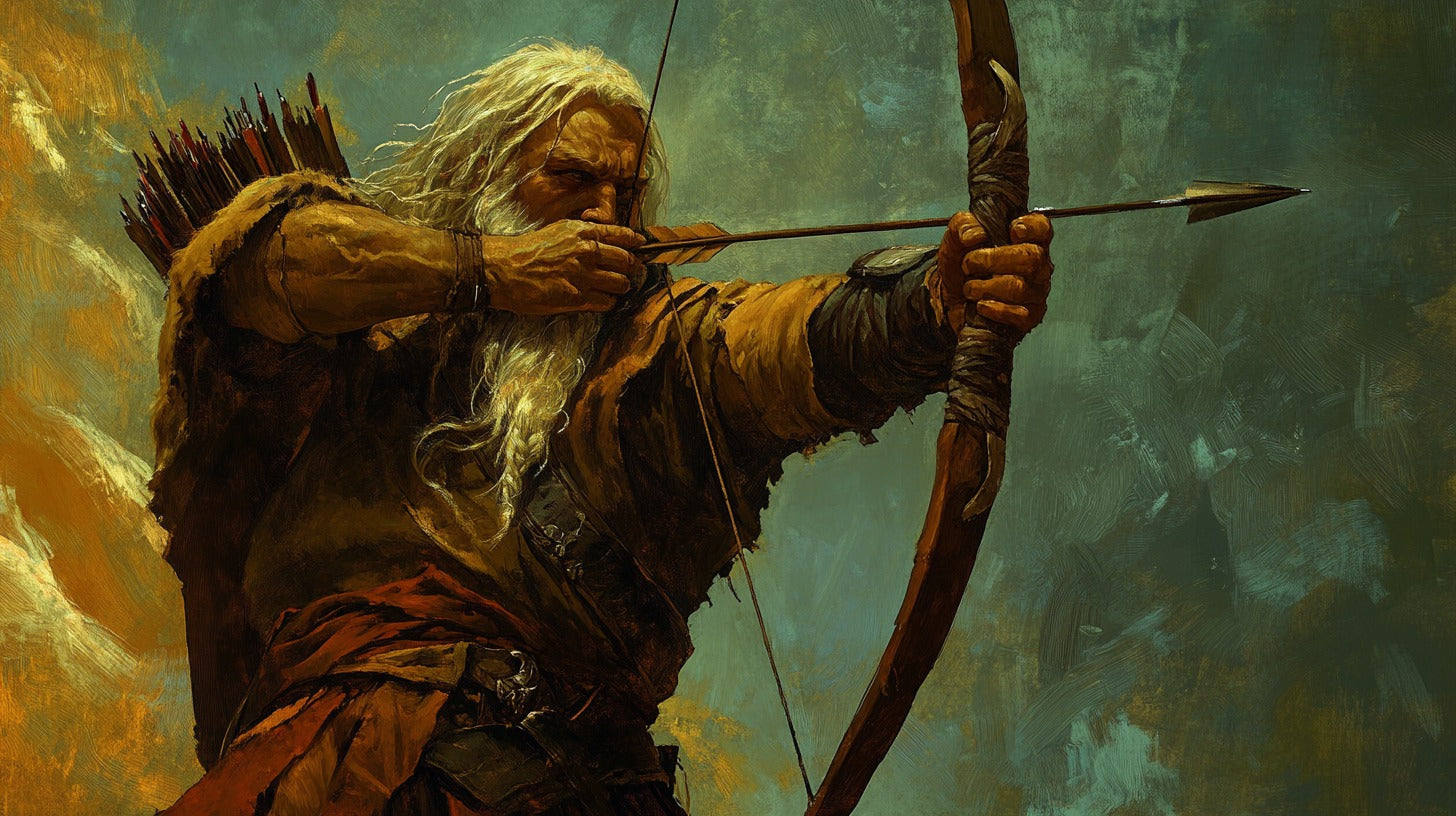
Váli: The Avenging Son of Odin in Norse Mythology
Váli stands as one of the most enigmatic figures in Norse mythology, renowned as the son of Odin and the giantess Rindr. Born specifically to avenge the death of his half-brother Baldr, Váli represents a unique instance of divine predetermined purpose in Norse mythology, embodying themes of justice, revenge, and familial duty that pervade Norse mythological narratives.
Historical Sources and Early Accounts

Tiwaz Mjölnir Thor's Hammer Amulet
The primary sources for Váli's mythology come from the Prose Edda, written by Snorri Sturluson in the 13th century, and various skaldic poems. The Poetic Edda, particularly the Baldrs draumar, provides additional context for Váli's role in Norse mythology. These sources present Váli as a figure of singular purpose, though the details of his story vary across different texts.
In the Prose Edda, Váli is mentioned in both Gylfaginning and Skáldskaparmál, where his birth and swift maturation are described in detail. The text emphasizes his rapid growth from infancy to adulthood within a single day, a miraculous development that underscores his divine nature and urgent mission.
Birth, Divine Purpose, Prophecy

Depiction of Váli by Carl Emil Doepler, 1882
According to Norse mythology, Odin received prophecies about Baldr's death and sought to ensure vengeance would follow. This led to his pursuit of Rindr, resulting in Váli's conception. The circumstances of this union are complex and have been subject to various scholarly interpretations over centuries.
Perhaps the most remarkable aspect of Váli's mythology is his supernatural growth rate. Born in the depths of winter, he reached adulthood within 24 hours of his birth, demonstrating extraordinary divine powers that set him apart from other gods.
The Vengeance of Baldr

Sleek Gold & Silver Elder Futhark Rune Rings
Váli's primary mission was to kill Höðr, his half-brother who had unwittingly caused Baldr's death. This act of vengeance was not merely personal but represented divine justice within the Norse mythological framework. The speed with which Váli accomplished this task highlights his efficiency and dedication to his purpose.
The story of Váli's revenge carries deep symbolic meaning within Norse mythology, representing themes of justice, fate, and the inescapable consequences of actions, even unintentional ones.
Powers, Attributes, Role in Ragnarök

Odin and Fenrir, Freyr and Surt (by Emil Doepler, 1905)
Beyond his remarkable growth rate, Váli possessed significant strength and combat abilities, enabling him to fulfill his vengeful mission effectively. Sources suggest he was particularly skilled in archery and tracking, though specific details about his powers are limited in surviving texts.
According to prophecies, Váli is one of the few gods destined to survive Ragnarök, the twilight of the gods. This survival suggests his significance extends beyond his role as an avenger, positioning him as a figure of continuity and renewal in Norse cosmology.
Cultural Impact and Religious Significance

While evidence of specific cult worship of Váli is limited, his story played a significant role in Norse religious narratives, particularly in concepts of divine justice and predetermined fate.
Váli's tale has influenced numerous literary works throughout history, from medieval Scandinavian literature to modern retellings of Norse myths. His story continues to resonate with themes of justice, revenge, and familial duty.
Váli's myth represents a unique intersection of divine purpose, justice, and fate in Norse mythology. His predetermined role as avenger, extraordinary birth and growth, and destined survival of Ragnarök position him as a figure of particular significance in Norse mythological narratives. His story continues to resonate with modern audiences, highlighting enduring themes of justice and divine purpose.
Frequently Asked Questions (FAQs)
- Was Váli born specifically to avenge Baldr?
Yes, according to Norse mythology, Váli was conceived and born specifically for this purpose.
- How quickly did Váli grow to adulthood?
Sources indicate he reached maturity within one day of his birth.
- Who were Váli's parents?
His father was Odin, and his mother was the giantess Rindr.
- Did Váli survive Ragnarök?
Yes, according to prophecies, Váli is one of the few gods destined to survive Ragnarök.
- What weapons did Váli use?
While specific weapons are not consistently mentioned in sources, he is often associated with archery skills.
References
Sturluson, Snorri. Prose Edda (13th century)
Larrington, Carolyne. The Poetic Edda (Translation)
Lindow, John. Norse Mythology: A Guide to the Gods, Heroes, Rituals, and Beliefs
Orchard, Andy. Dictionary of Norse Myth and Legend
Davidson, H.R. Ellis. Gods and Myths of Northern Europe
